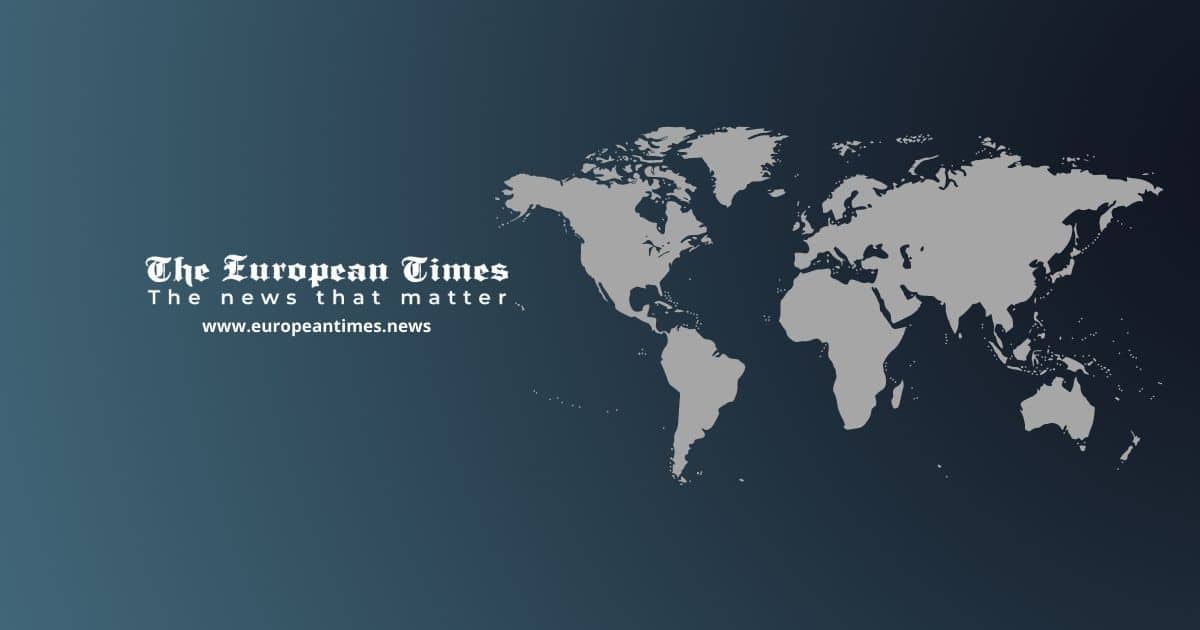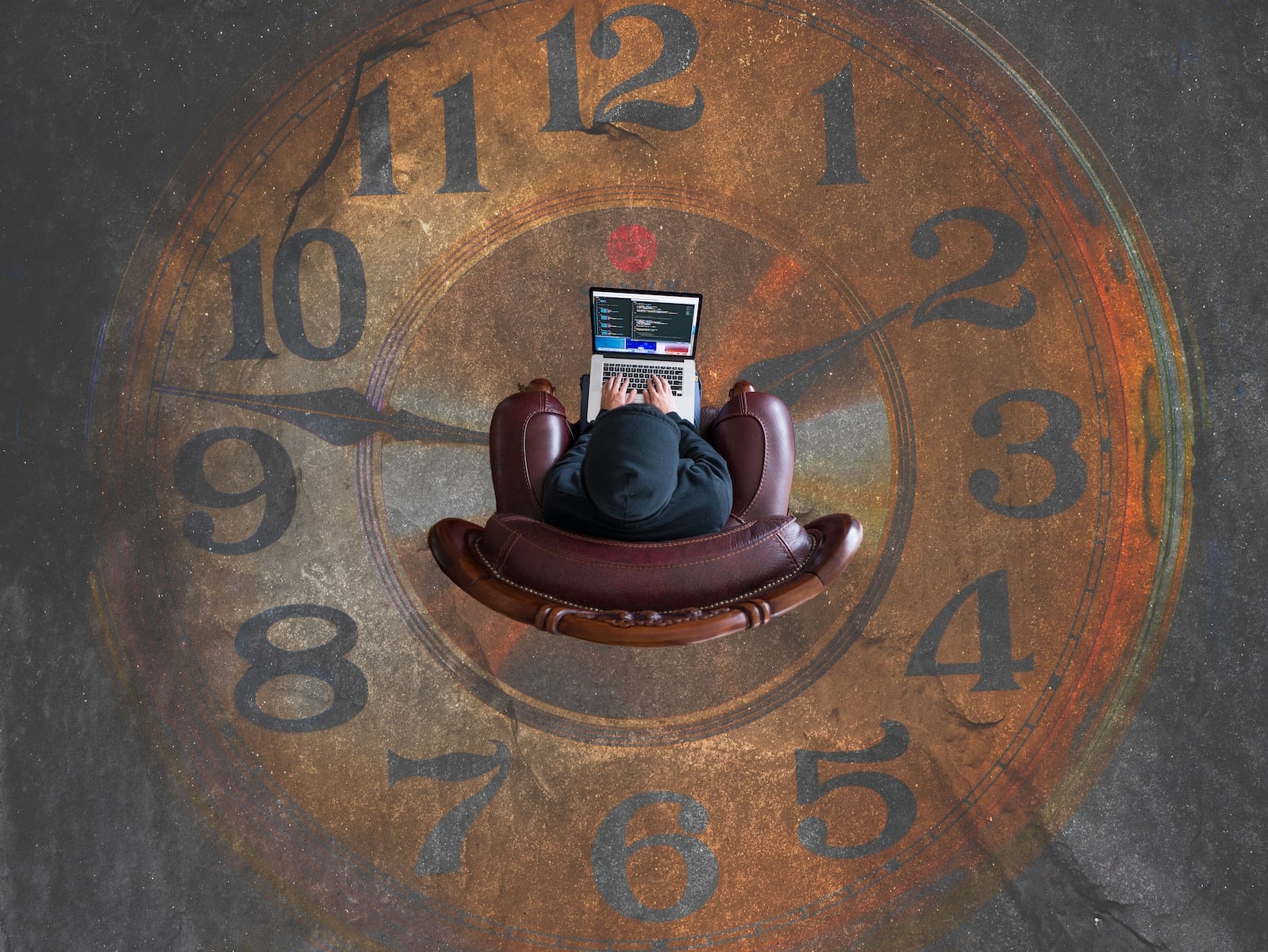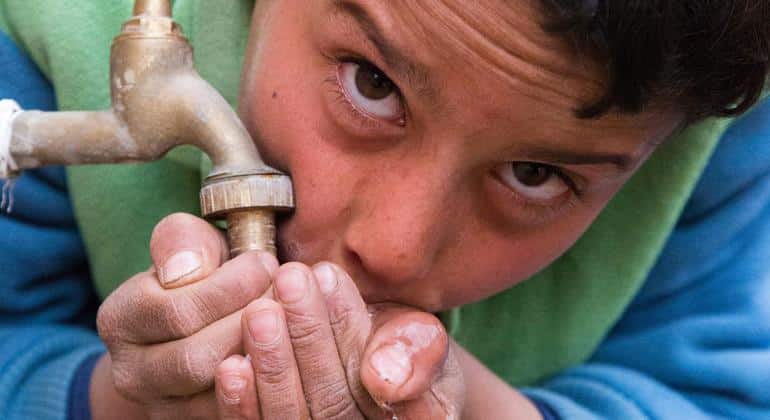Find out how the EU works to reduce emissions from greenhouse gases besides CO2.
As the EU works hard to reduce CO2 emissions, it is also making efforts to regulate other greenhouse gases heating up planet Earth, such as methane, fluorinated gases – also known as F-gases – and ozone-depleting substances. Although they are present in smaller volumes than CO2 in the atmosphere, they can have a significant warming effect.
MEPs from the environment committee call for ambitious emission reductions of fluorinated greenhouse gases and ozone-depleting substances. They support the European Commission’s proposals to encourage the use of alternatives to fluorinated greenhouse gases and ozone-depleting substances where possible or to put measures in place to reduce their leakage and emission during production or use.
Members will vote on Parliament’s positions on reductions for fluorinated gas emission and ozone-depleting substances at the end of March 2023 ahead of launching negotiations with EU governments.
Cutting fluorinated greenhouse gases emissions
What are fluorinated gases?
Fluorinated gases are man-made and can be found in common appliances such as refrigerators, air conditioning or heat pumps, aerosols, solvents and foam blowing agents. They account for around 2.5% of EU’s greenhouse gas emissions.
Even though F-gases are found in smaller volumes in the atmosphere than CO2, they can capture more sun energy. The EU must reduce their emissions to achieve its 2050 goal of cutting down emissions to net zero.
As they do not damage the atmospheric ozone layer, F-gases are often used as substitutes for ozone-depleting substances.
What has the EU done so far?
F-gases are covered by the Paris Agreement together with CO2, methane and nitrous oxide as well as under international agreements on ozone-depleting substances.
To control emissions from F-gases, the EU has adopted the F-gas Regulation and the Mobile Air Conditioning systems Directive. Every year the European Environment Agency reports on the production, import, export, destruction and feedstock use of F-gases emitted by companies in the EU.
What does Parliament want?
To further reduce F-gases in the EU, MEPs want to:
- Strengthen new requirements proposed by the Commission that prohibit the placing on the single market of products containing F-gases
- Phase out hydrofluorocarbons (HFCs) – commonly used in air conditioning and refrigeration – placed on the EU market by 2050.
- Have close monitoring to ensure the HFC phase-down does not endanger the RePowerEU heat pump deployment targets.
- Increase enforcement to prevent illegal trade and non-compliance
The Commission estimates that its proposals for the F-gas Regulation would save 310 million tonnes of CO2 equivalent until 2050, which is the same as the total annual greenhouse gas emissions of Spain in 2019.
Phasing out ozone-depleting gases
What are ozone-depleting substances?
Found in similar appliances as F-gases, ozone-depleting substance are also man-made chemicals. When they reach the upper atmosphere, these substances may damage the ozone layer, which keeps the Earth from dangerous solar radiation.
What has the EU done so far?
Because of their impact on the environment, ozone-depleting substances are being phased out by the EU in line with a global agreement from 1989 known as the Montreal Protocol on Substances that Deplete the Ozone Layer and to comply with the EU climate goals and the Paris Agreement.
What does Parliament want?
In order to further cut emissions of ozone-depleting substances, MEPs support the Commission’s proposal for an update of the legislation, including a ban on the production, use or trade of such substances, except for strictly defined cases. They also call for better monitoring, improved enforcement and stricter penalties to avoid illegal activities.
According to the Commission, the proposed changes in the regulation on ozone-depleting substances would lead to savings of another 180 million tonnes of CO2 equivalent by 2050 – the same as the total annual greenhouse gas emissions of the Netherlands in 2019.
Reducing methane emissions
What is methane?
Methane occurs naturally in the atmosphere but is also generated through human activities, such as agriculture, industry and the combustion of fossil fuels. It accounted for 12% of the impact ofthe EU’s greenhouse gas emissions in 2021.
What is the EU doing?
Parliament adopted a resolution on an EU proposal for a strategy to reduce methane emissions in October 2021, calling on the Commission to set binding methane reduction targets and measures for all sectors, through the Effort Sharing Regulation. MEPs will vote on Parliament’s position of methane reductions in the energy sector later this year.














